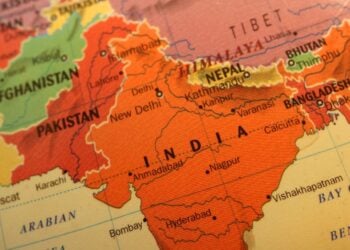For most small business clients that seek a U.S. patent, commercial success in the United States alone is typically the goal. At the outset of a new product launch, revenue derived from sales outside the U.S. may not even be on the client’s radar. Likewise, seeking patent protection outside the U.S. may not be considered to be very important. The process is expensive and often takes several years until a patent is granted (and in many countries, takes place in a language other than English).
Occasionally, however, the client hits a home run, its product is a spectacular success and suddenly, sales (and patent protection) outside the U.S. are a big deal. In those instances, seeking patent protection internationally in countries where the product is likely to be sold and/or manufactured could be critical in maintaining product exclusivity. Patents are territorial in nature and there is no such thing as an international patent, so patent protection must be sought on a country-by-country basis (except for a European Patent, where one patent can be obtained that is effective in 38 countries).
Each country can, as its government sees fit, control the export of certain products. This also applies to information and technology. Often, a patent application is the first comprehensive compilation of information about a new technology. In most counties, patent applications are published, whether a patent is granted or not.
If an invention was made in the United States (regardless of the citizenship of the inventors), then a “foreign filing license” must be obtained before a utility patent application directed to that invention is filed outside of the U.S. There are no technology-based exceptions to this law – it applies to all patent applications, including, for example, those directed to toys, medical devices, light fixtures, games and fishing lures. This also applies to all design patent applications.
While this may seem overbearing for non-military related inventions, the process is somewhat simplified by first filing a U.S. patent application. The filing of a U.S. patent application is considered to be a request for a foreign filing license which is typically issued several weeks after the application is received by the U.S. Patent Office. The U.S. Patent Office reviews all patent applications for sensitive technical information to prevent the unauthorized export of certain information to foreign countries. In addition, unless that U.S. application is the subject of a secrecy order (in which case no foreign filing license will be granted), the applicant is allowed to file outside the U.S. more than six months after the U.S. filing date even if no foreign filing license has been granted by the U.S. Patent Office.
The issuance of a secrecy order for a patent application is quite rare in our practice, but we understand that such an order usually relates to technical data about sensitive nuclear technology, or about armaments, ammunition or the implements of war (the types of products that are subject to U.S. export control regulations). If a U.S. patent application is subject to a secrecy order, it will not be published by the U.S. Patent Office until that secrecy order is lifted.
The filing of a patent application outside the U.S. directed to an invention made in the U.S. without first obtaining a foreign filing license can have drastic consequences for a related U.S. patent for that technology. In that unfortunate situation, the U.S. patent is deemed to be invalid, even if the invention relates to innocuous technology like shoes or log-splitters. Thus, allowing technology to slip out of the country without first obtaining the necessary license to file can be deadly for its related U.S. patent. Recognizing that even the most super conscientious patent lawyer might make a mistake and file outside the U.S. before a foreign filing license is in hand, there is a process for obtaining a retroactive foreign filing license in some circumstances (as long as the involved technology is not subject to a secrecy order). The U.S. is not alone in restricting the foreign filing of patent applications – at least 29 countries have some form of restriction of this type.










